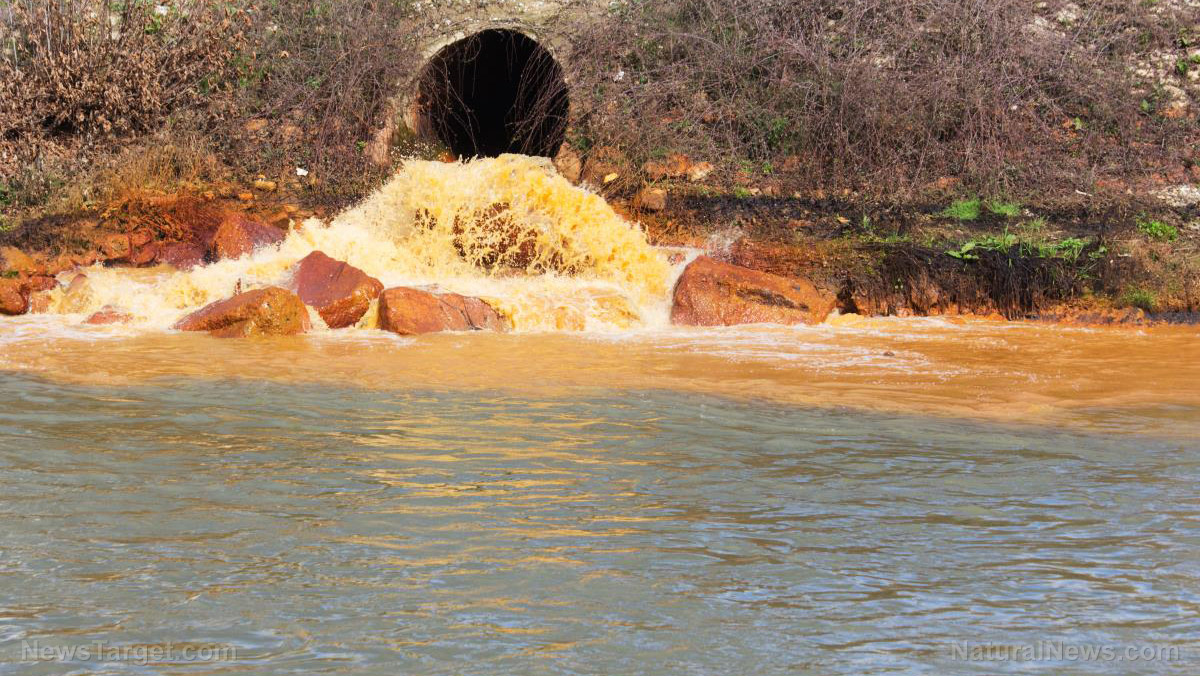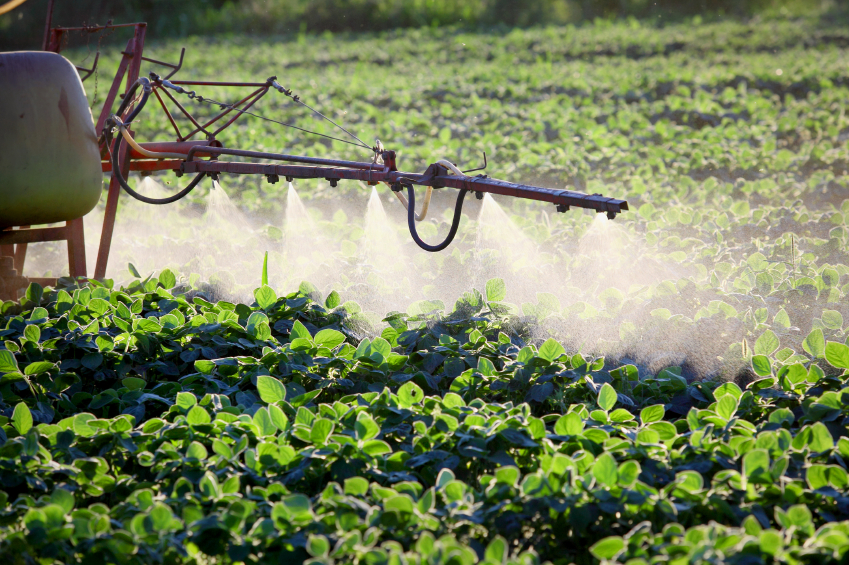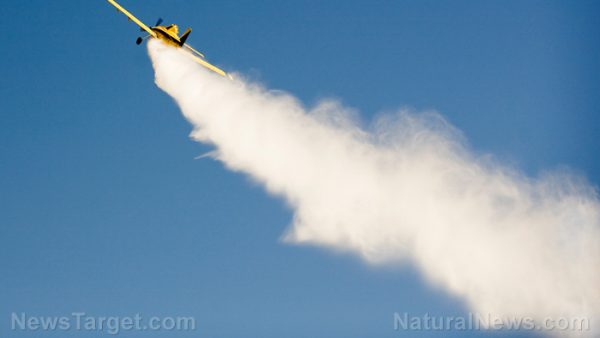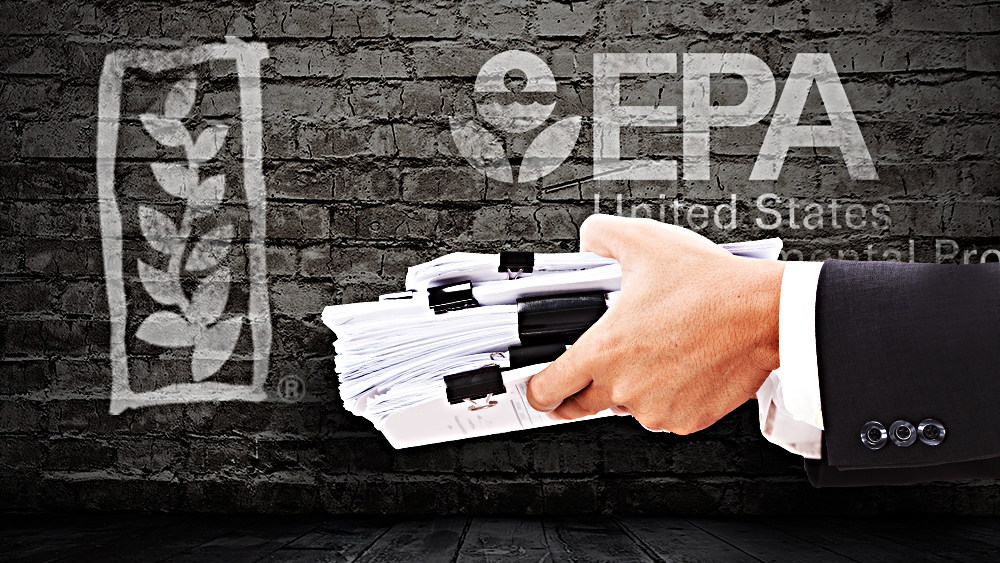Methane pollution much higher in Pennsylvania than the state admits, warns environmental group
03/10/2018 / By Edsel Cook

A new analysis warned that the Pennsylvania gas industry is under-reporting the extent of their methane emissions. They’re belching as much as twice the amount of air pollution they officially report to the state, reported a StateImpact news article.
The warning comes from the Environmental Defense Fund (EDF), whose researchers analyzed 16 peer-reviewed studies for their report. The environmental organization says the Marcellus shale fracking industry is producing double the methane that the Pennsylvania Department of Environmental Protection (DEP) officially reported them to be releasing.
The primary component of natural gas, methane is considered a more serious threat than carbon dioxide is over the long run.
Thanks to the boom in hydraulic fracking, Pennsylvania transformed into the second biggest gas-producing U.S. state, right behind Texas. But its shale gas wells are leaking significant amounts of methane.
The EDF adds that half of the methane could be attributed to the state’s older, conventional gas drilling industry. (Related: Study links pollution from fracking to low birth weight babies.)
Pennsylvania is dotted by 70,000 conventional gas wells. The majority are vertical wells drilled into shallow rock formations instead of the very deep Marcellus Formation tapped by fracking companies.
According to one of the studies, conventional natural gas wells are leaking an average of 23 percent of their content. The larger fracking wells in the Marcellus shale region lose 0.3 percent in comparison.
The high rate of methane loss in conventional wells could be attributed to their age, said EDF researcher David Lyon. They are older, more common, and less productive than the fracking wells, so they get less attention and maintenance.
Abnormally leaky wells slip under the radar
Another reason for Pennsylvania underestimating the gas industry’s emissions could be traced to gas companies rigidly adhering to formulas devised by the U.S. Environmental Protection Agency (EPA) for emission reports.
The EPA formulas evaluate the extent of leakage in a gas well depending on the equipment employed by the company. But Lyon said that the calculations presume the well is in perfect shape.
The EDF based its analysis on field measures of gas wells. So, it caught what Lyon calls “super-emitters,” abnormally leaky wells that are responsible for most of the methane emissions.
The organization urged Pennsylvania to strictly enforce emission rules on its natural gas industry. The control systems are available, cost-effective, and have been proven in other states, said EDF director Andrew Williams.
While Pennsylvania’s DEP is defining permissible levels of methane emissions for Marcellus shale fracking operations, it neglected to do the same for conventional gas wells.
The finalized DEP methane permits are expected to be released this spring. The DEP will require fracking gas companies to monitor their wells for methane leaks, in addition to developing new unconventional gas wells and compressor stations.
Fracking industry debates matter with methane pollution researchers
The EDF report was slammed by David Spigelmyer, president of the Marcellus Shale Coalition, as an “activist report” intended to “drive a political agenda.”
According to Spigelmyer, the Marcellus shale fracking industry reduced its reported levels of methane emission even as it boosted gas production at the same time. He based his claims on EPA-certified and DEP-approved methodology used by Pennsylvania’s fracking companies.
Researchers involved with the investigation of methane emissions side with the EDF report. Amy Townsend-Small of the University of Cincinnati noted that the primary source material is a Carnegie Mellon University study that’s considered to be one of the best in current scientific literature.
According to air pollution researchers, the main lesson to be drawn from the EDF analysis is that conventional gas wells should also be counted in Pennsylvania’s overall inventory of oil and gas emissions.
Learn more about environmental damage at Fracking.news.
Sources include:
Tagged Under: energy, environmental damage, fracking, fracking industry, Fracking Regulations, greenhouse gases, Hydraulic fracking, Marcellus shale, Methane, methane gas, natural gas, Pennsylvania

















